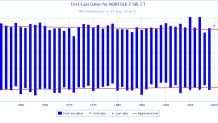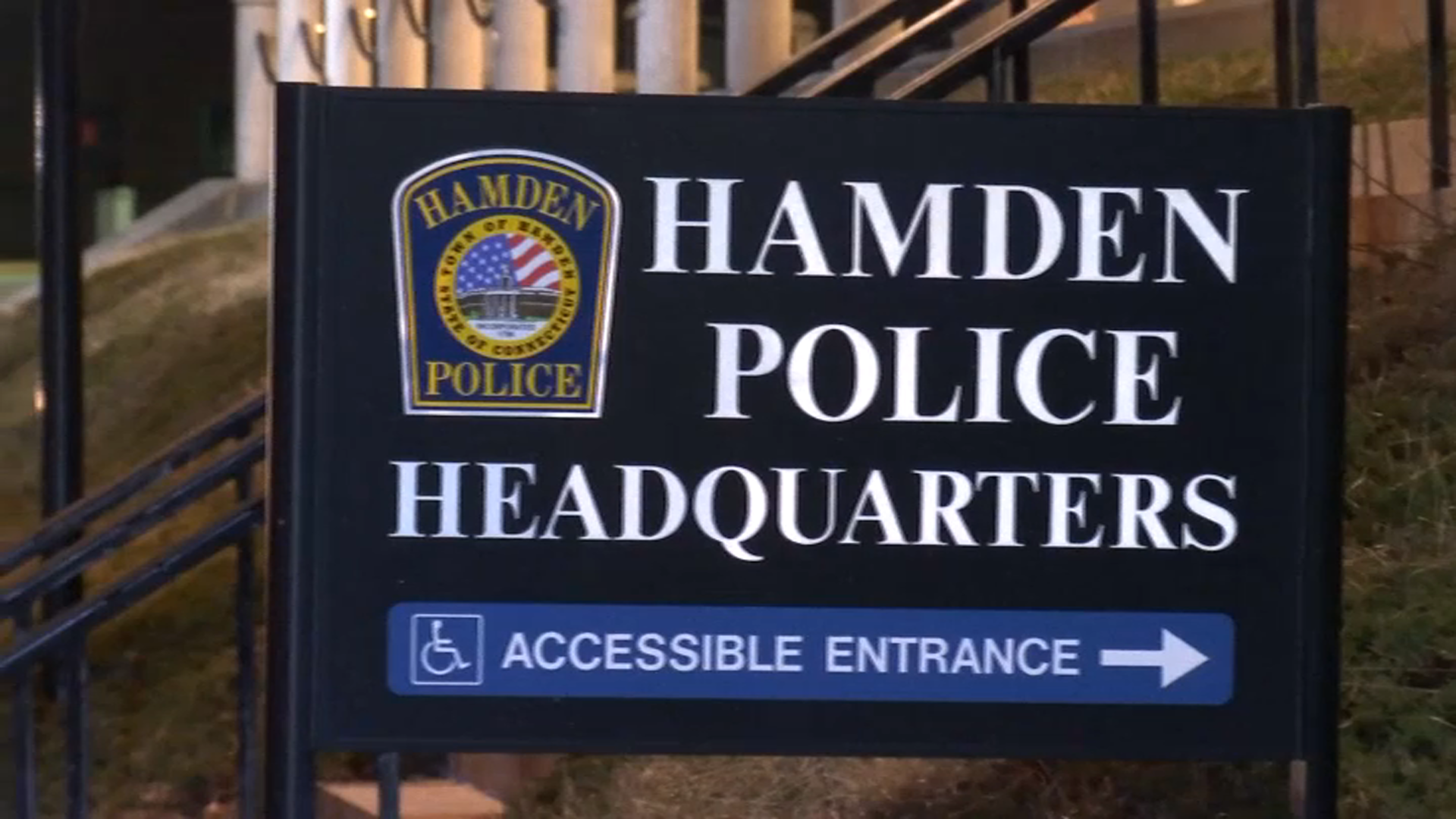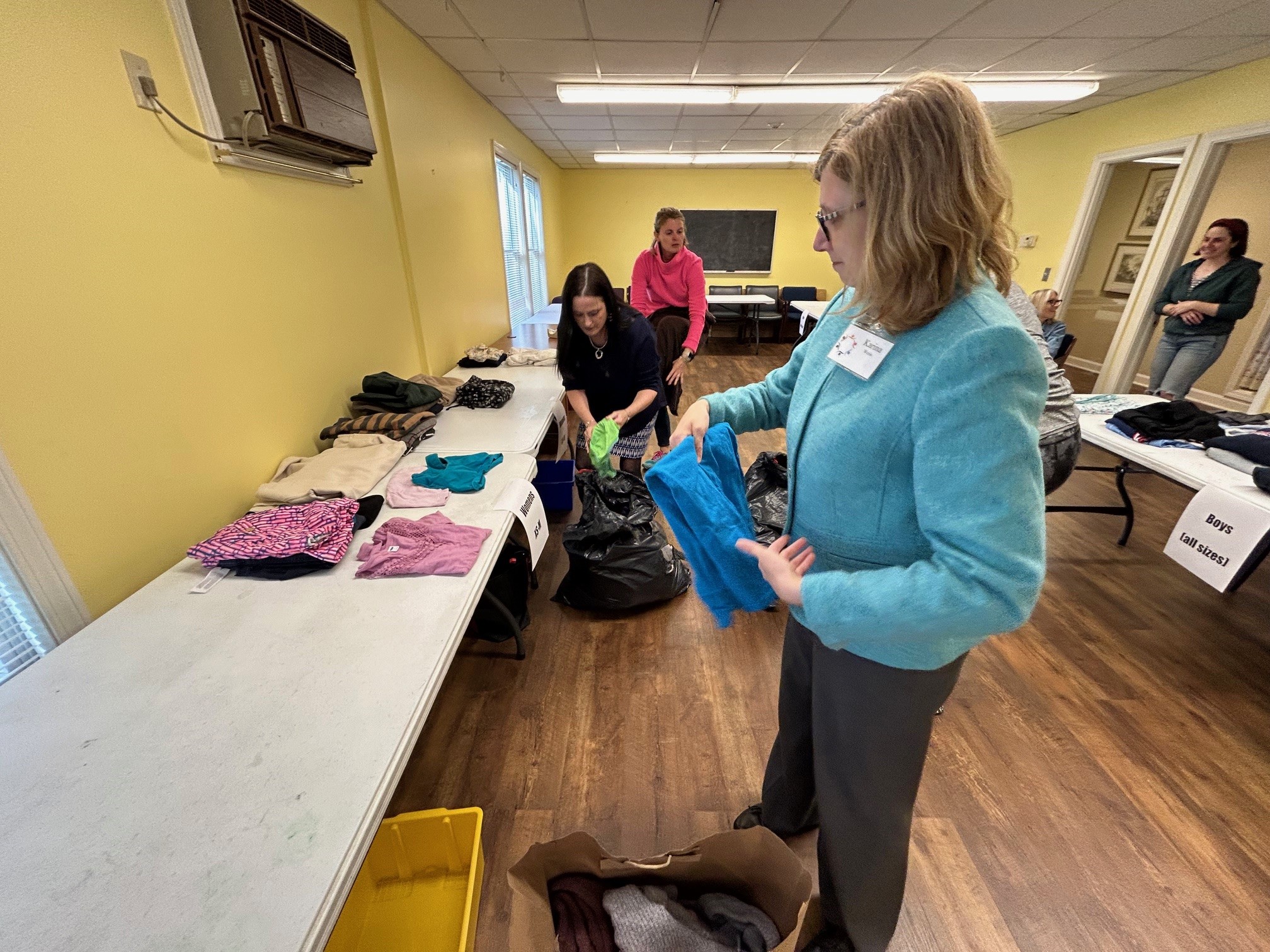The growing season is getting longer and longer and our first freeze is occuring later and later in fall. While this may be good news for your backyard garden it's yet another local symptom of climate change.

The numbers are quite striking. Since 1970 Climate Central found that the average first freeze (32 degrees) in Hartford is occuring nearly 12 days later now than it did 47 years ago. The meticulously maintained weather records in Norfolk at the Great Mountain Forest show a similarly disturbing trend.

Since records began in 1943 the average first freeze has moved from September 26 to October 15! That is 19 days based on a linear regression analysis. The average last freeze in spring has also gotten earlier and earlier as the earth has warmed.
The Environmental Protection Agency found that the growing season across the contiguous 48 states as increased by 2 weeks on average. There are both good and bad things that can come from a longer growing season according to the EPA.
Changes in the length of the growing season can have both positive and negative effects on the yield and prices of particular crops. Overall, warming is expected to have negative effects on yields of major crops, but crops in some individual locations may benefit.1 A longer growing season could allow farmers to diversify crops or have multiple harvests from the same plot. However, it could also limit the types of crops grown, encourage invasive species or weed growth, or increase demand for irrigation. A longer growing season could also disrupt the function and structure of a region’s ecosystems and could, for example, alter the range and types of animal species in the area.
Local
So when is the average first freeze of the year? Based on the 1981-2010 normals the average first freeze at Hartford Bradley International Airport is on October 13 and at Bridgeport Sikorsky Airport November 3.



